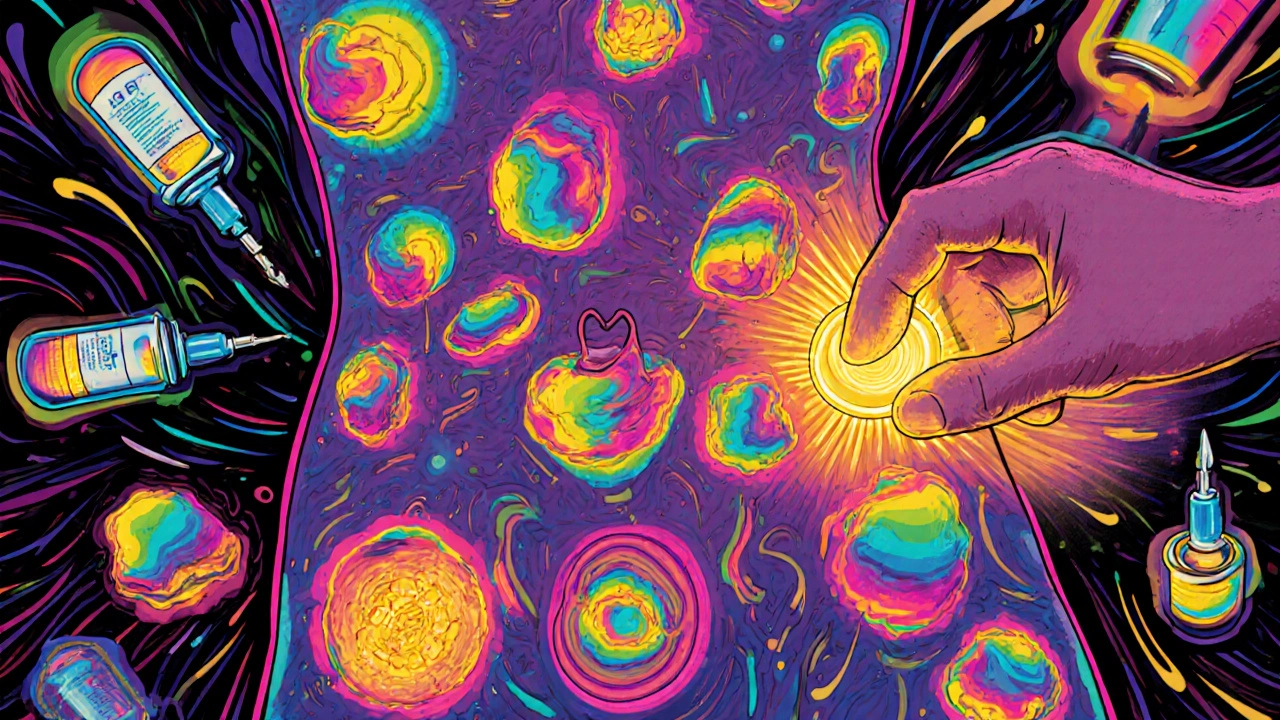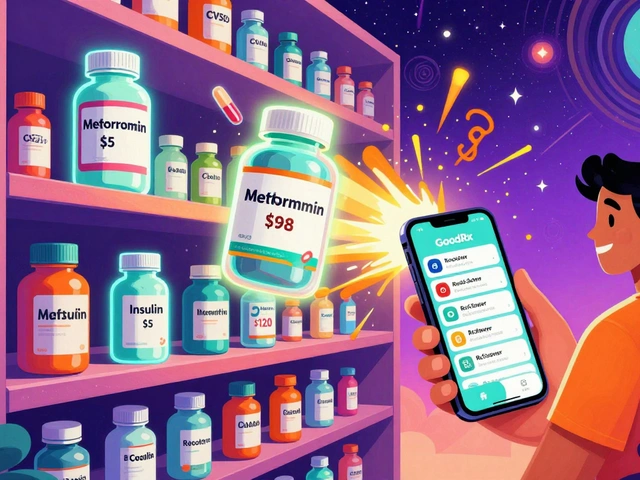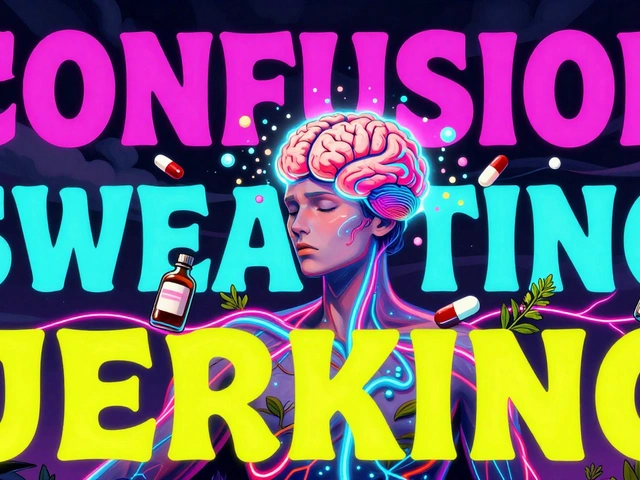Bruising from Insulin: Causes, Risks, and What to Do
When you inject insulin, a hormone therapy used to manage blood sugar in people with diabetes. Also known as subcutaneous insulin, it’s meant to go just under the skin—not into muscle or blood vessels. But if you’re seeing frequent bruising, it’s not normal, and it’s not just bad luck. Bruising from insulin happens when small blood vessels get damaged during injection, causing blood to leak into surrounding tissue. It’s more common than most people admit, especially if you’re injecting in the same spots over and over, using the same needle too long, or pressing too hard.
There are three big reasons this keeps happening. First, injection technique, how and where you insert the needle. Also known as subcutaneous injection method, it’s the most overlooked factor. Pinching the skin, inserting at the wrong angle, or not letting the skin snap back can all cause trauma. Second, needle reuse, using the same needle multiple times. Also known as reused insulin needles, it dulls the tip, making each injection rougher and more likely to tear tissue. Third, injection site rotation, not changing where you inject. Also known as site rotation for insulin, skipping this turns your thighs or belly into a map of old bruises.
It’s not just about looks. Repeated bruising can mess with how fast your body absorbs insulin. If you’re injecting into scar tissue or bruised areas, your blood sugar might spike or drop unpredictably. That’s dangerous. And if you’re avoiding injection sites because they’re too sore or ugly, you might start skipping doses—something that can lead to bigger problems down the line.
Here’s what actually works: switch to a new needle every single time. Use shorter needles (4mm or 5mm) if you’re thin or injecting into the abdomen. Pinch the skin only if your provider says to—otherwise, inject straight in. Rotate sites in a clear pattern: upper arm one day, thigh the next, then abdomen, then buttocks. Keep a simple log—just note where you injected and if you saw bruising. You don’t need an app. A sticky note on your fridge works fine.
Some people think bruising is just part of living with diabetes. It’s not. It’s a sign something’s off in your routine. You don’t need to stop insulin. You don’t need to switch brands. You just need to fix the way you’re putting it in. And once you do, the bruises fade, your absorption stabilizes, and your confidence comes back.
Below, you’ll find real-life stories and practical guides from people who’ve dealt with this exact issue. Some found relief by changing needles. Others fixed their technique after a nurse showed them how to pinch right. A few realized their insulin was too cold and warmed it up first. Each post gives you something you can try tomorrow—not theory, not guesswork, just what works.
Insulin Injection Site Reactions: How to Spot and Prevent Lipodystrophy and Bruising
Lipodystrophy and bruising from insulin injections are common but often ignored. Learn how to spot the signs, prevent tissue damage, and stabilize your blood sugar with simple injection techniques.





